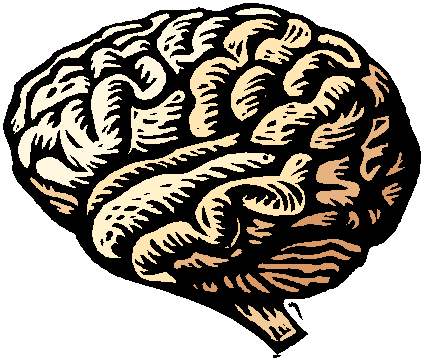The
T.S.P. will be a nano-size (very, very, very small) pacemaker on the
basal ganglia- groups of neurons at the base of the cerebrum. The
Basal Ganglia (a part of the brain where a tic is generated) helps
control well-learned movements such as walking The device would be
implanted by a shot. The T.S.P. will get to the brain by detecting
impulses from the basil ganglia when you do simple movements like
walking. It will then sense the tic before the person sensed it and
then reroute the tic.
The
tic would be rerouted to a place the patient chose when they got it
implanted. The options for rerouting the tic could be a finger or
toe. Therefore the tic would not be a distraction. The T.S.P. would
also count the number of tics it reroutes and send the info to the
doctor wirelessly so the doctor could see if the device was working
correctly. The machine would do one more thing. It would take a
little bit of the energy when it needed to recharge its battery.
Therefore the tic would go to good use and the tic would not be so
strong when it was rerouted. We have discovered that the computer
has to send out probes after being injected. After reaching the
brain it will sense the sounds of the brain. When in the white
matter of the brain there are no signals but when in the grey matter
there are signals that sound like rain falling on a tin roof. Once
deep inside the grey matter the T.S.P. will implant itself. Our
technology will change the world of Tourette's forever.





